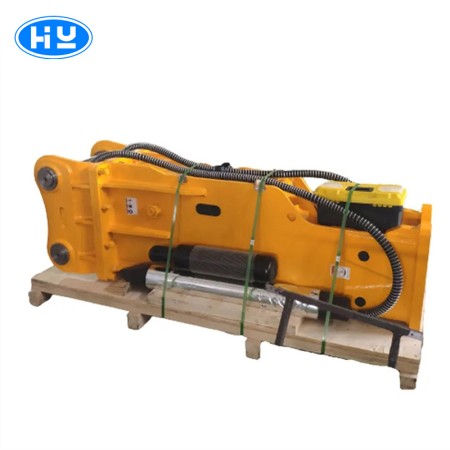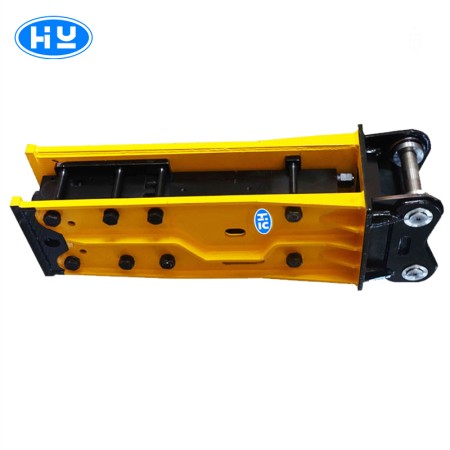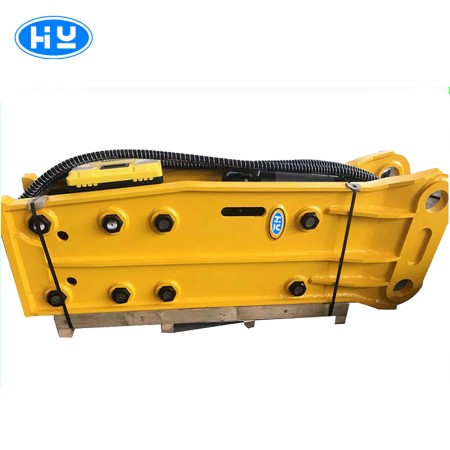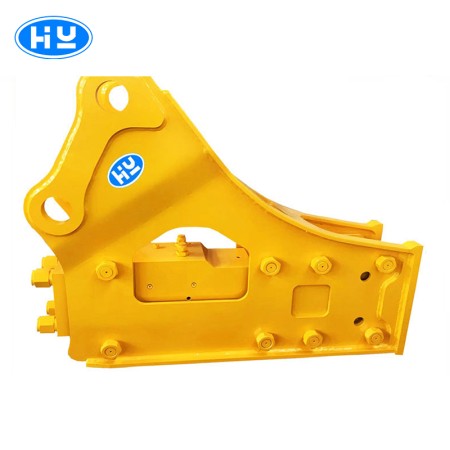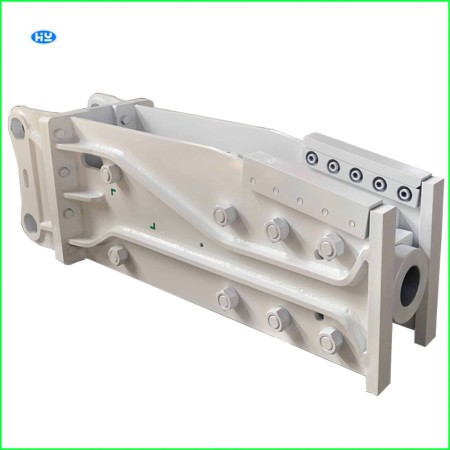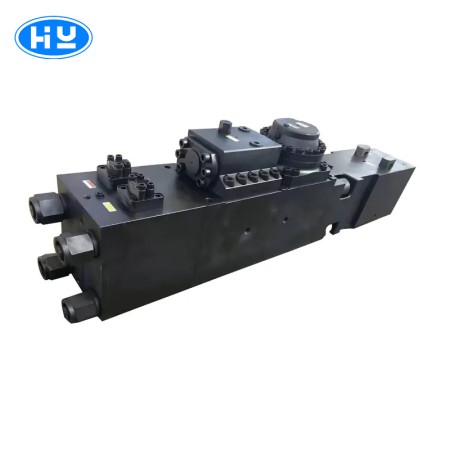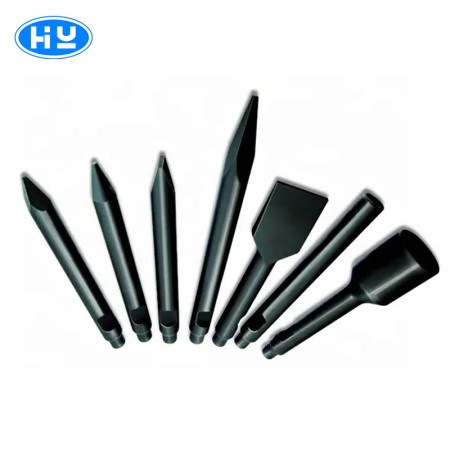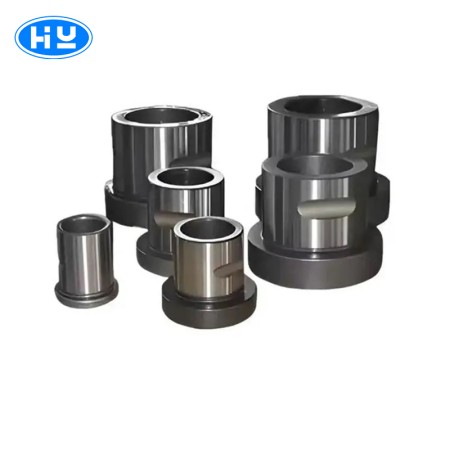Product
News
- Soosan SB121 Hydraulic Breaker for Chile – Precision Manufacturing from a Full‑Chain Chinese Factory
- High‑Performance Mini Excavator Breaker Hammer — Compact Power for Efficient Demolition and Rock Breaking
- Inside Hanyun’s Production of the SB40 Hydraulic Breaker – Precision Engineering from Raw Steel to Final Assembly
- Zhengzhou Hanyun Hydraulic Breaker — Furukawa HB30G Assembly Precision & Special Offer for Egypt Customer
- Backhoe Demolition 30 Ton Excavator Top Side Box Type Rock Hammer Hydraulic Breakers for Excavator
- Furukawa HB20G Manufactured by Hanyun: High‑Quality Hydraulic Breaker Ready for Shipment to Egypt
contacts
Contacts:Jacky Zhang
Phone:+8618937103255
Email:hanyunpsq@gmail.com
Address:No. 167, Xuchang Road, Shangjie District, Zhengzhou City
News
Common Misunderstandings When Using Excavator Hydraulic Breaker
Operating an excavator hydraulic breaker demands precision, caution, and adherence to best practices to ensure both equipment longevity and operator safety. Here are several common misunderstandings that can arise when using these tools and guidelines on how to address them effectively:
-
Misconception: Using the Breaker as a Hammer
- Correction: Avoid treating the hydraulic breaker like a standard hammer, especially when striking stones from a height. Such actions can lead to severe damage to the breaker and the upper mechanical structure. Utilize the hydraulic breaker within its designated operational parameters to prevent unnecessary wear and tear.
-
Misunderstanding: Overextending Arm Cylinders
- Correction: Operators should refrain from fully extending the boom or arm cylinder beyond safe limits. Maintain a gap of at least 100 mm between the end of the cylinder rod and the cylinder earring to prevent damage. Avoid exceeding the working range limits to safeguard the integrity of the cylinder.
-
Misconception: Lifting Heavy Objects with the Breaker
- Correction: Never use the hydraulic breaker to lift heavy objects, as this can lead to cylinder deformation and anchor bolt cracks. Such actions not only jeopardize equipment integrity but also increase the risk of potentially hazardous overturning accidents.
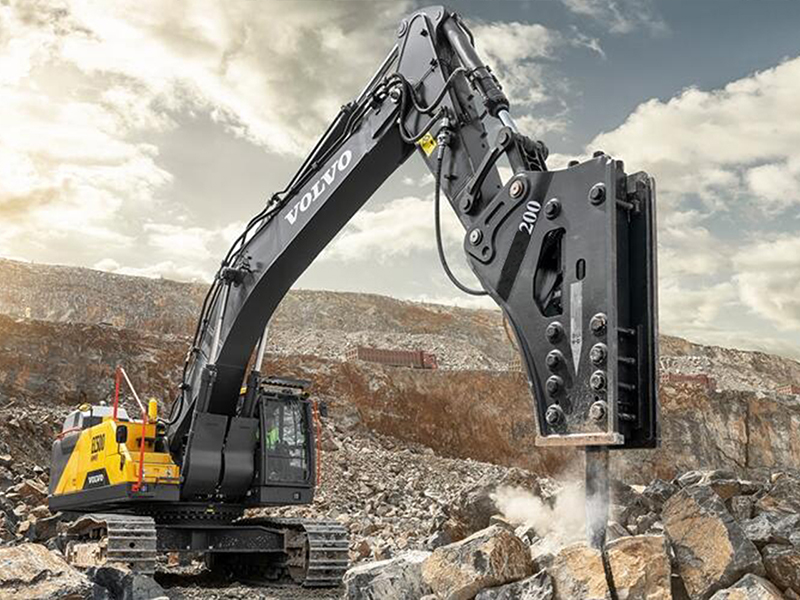
Common Misunderstandings When Using Excavator Hydraulic Breaker
-
Misunderstanding: Continuous Strikes at the Same Spot
- Correction: Avoid continuous striking at a single location. If a material remains unbroken after a minute of striking, shift the position of the strike point. Repeated strikes at the same spot can cause abnormal damage to the drill rod and other vital components.
-
Misconception: Striking at the End of the Stroke
- Correction: Ensure there is more than 100 mm of space between the cylinder and the front head to prevent damage. Striking at the end of the stroke can result in harm to the cylinder and the front head, compromising the breaker's functionality.
-
Misunderstanding: Operating the Breaker in Water
- Correction: Avoid using the breaker directly in water, as it can cause damage to the equipment. Ensure the breaker is operated in dry conditions to maintain its efficiency and prevent potential harm.
-
Misconception: Starting in a Suspended State
- Correction: Before starting the breaker, ensure the drill rod is pressed against the rock with a certain amount of pressure. Starting in a suspended state can lead to unsafe conditions and equipment damage.
-
Misunderstanding: Improper Handling of the Breaker
- Correction: Avoid using the breaker by shaking the drill rod, as this can result in main bolt breakage. Prevent sudden falls or hard impacts on rocks to avoid damage to both the breaker and the main machine due to excessive force.
-
Misconception: Maintaining Proper Striking Angle
- Correction: Pay attention to the vertical alignment of the drill rod and the object being broken, maintaining a 90-degree striking angle. Avoid lateral forces caused by angle tilting to prevent premature wear or breakage of the drill rod.
By recognizing and addressing these common misunderstandings, operators can ensure the safe and efficient operation of excavator hydraulic breakers, promoting equipment longevity and minimizing the risk of accidents. Strict adherence to operational guidelines and safety protocols is paramount for successful and sustainable hydraulic breaker usage.

